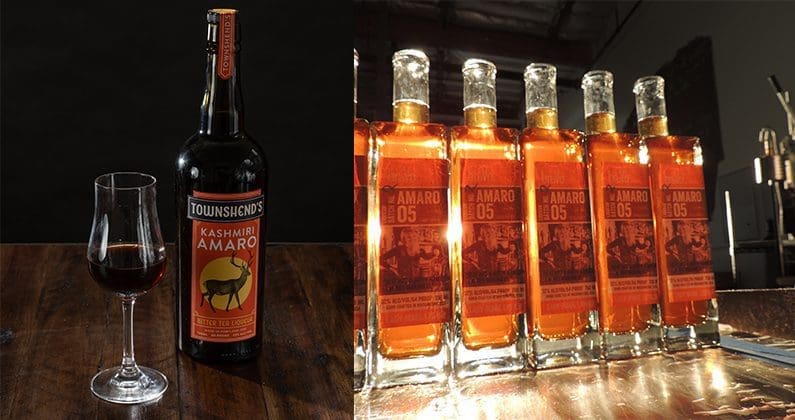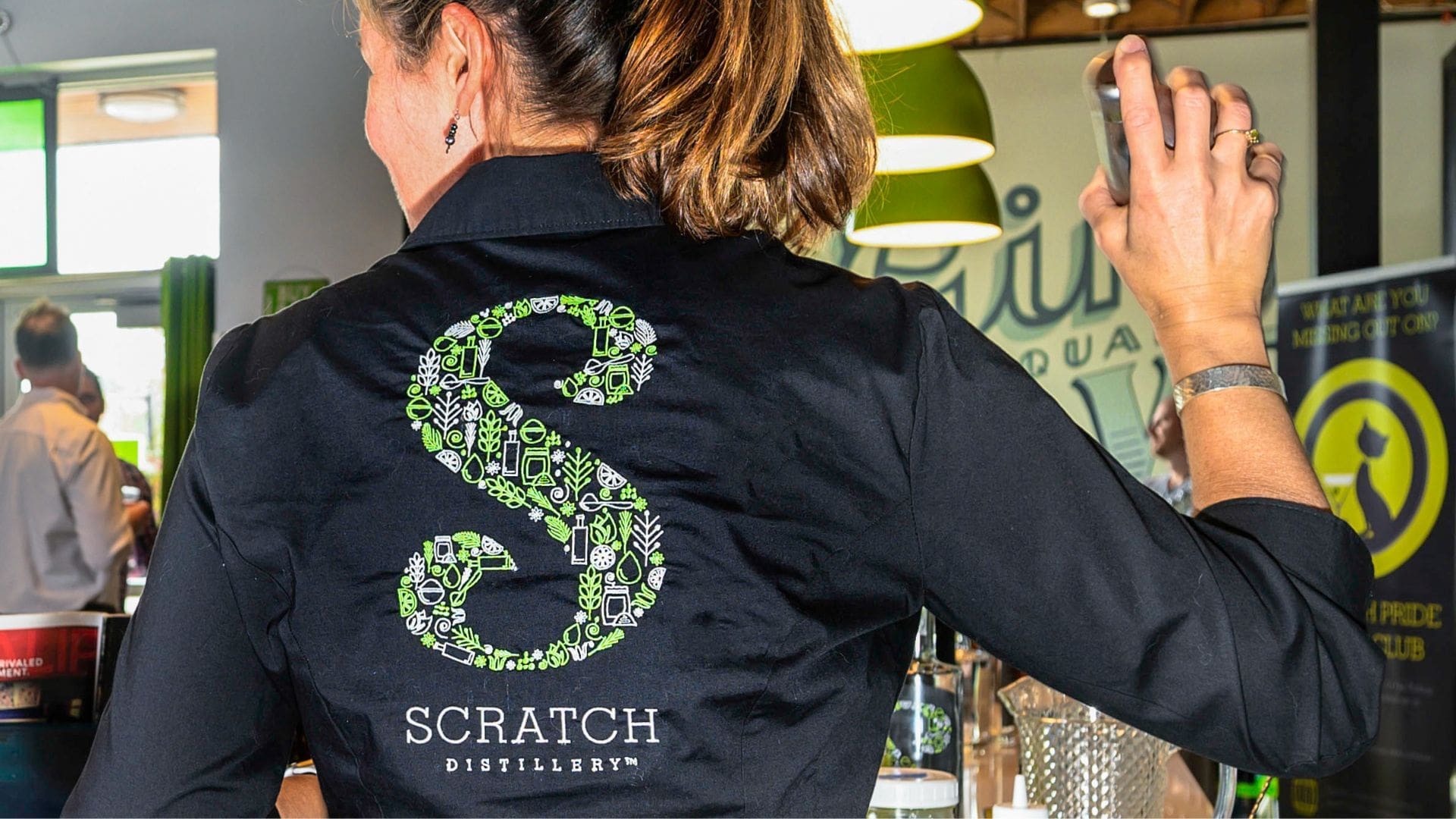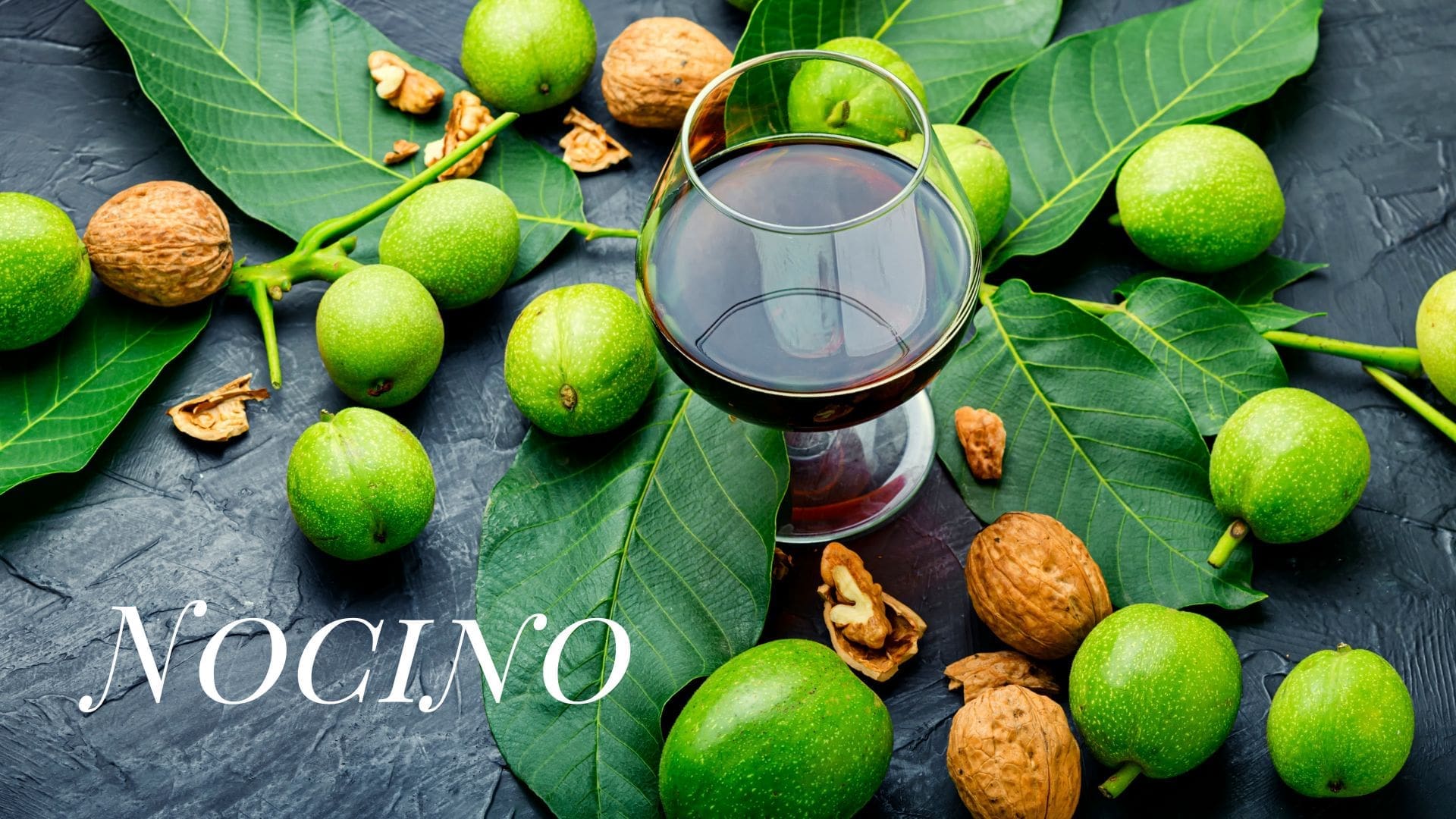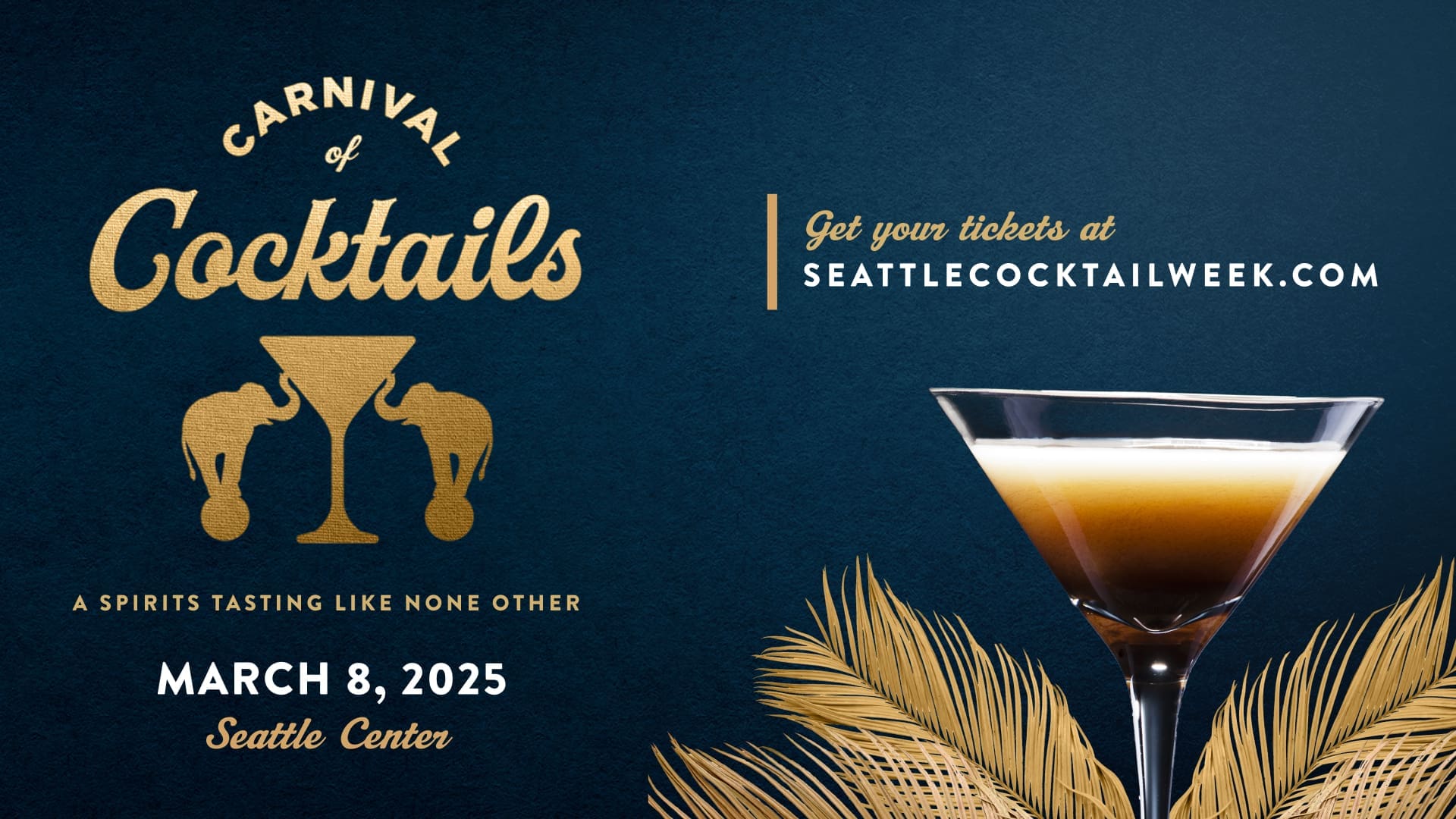If you’ve been out to a fancy cocktail bar recently, you’ve probably noticed the drinks have gotten more complex and nuanced. Where once two-ingredient drinks were common, now drinks change colors thanks to supplements like butterfly pea flower and house-made infusions. One of the most beloved additions to drinks that adds complexity is from the amaro category: bitter, sometimes sweet liqueurs, made with herbaceous ingredients like bark and herbs.
As tastes have changed, more local distilleries are trying their hand at the centuries-old Italian craft of making amari. So, what sets a Pacific Northwest amaro apart, and what took so long for it to catch on?
What is Amari?
Traditional amari is hard to define, since it’s a broad category. But there are a couple things that Townshend’s Distillery’s Seth O’Malley says are found in almost every traditional amari. First, you’ll find gentian root. “This provides the characteristic bitterness we typically associate with amaro,” says the Portland company’s head distiller. “There are other bittering agents too, but I can’t imagine calling something an amaro without this one.” Second, the bitterness is offset with something sweet, making it more palatable.
Luckily, O’Malley says the Portland and Seattle markets tend to appreciate those flavors, meaning they don’t have to dumb down the flavors they aim for to please the masses. And that means they can make what they want, using what is grown nearby, like native flora. “The drinking culture here in the Northwest shies away from cloying flavors and is really quite comfortable with aggressive bitterness,” he adds. “When formulating for a PNW audience, I don’t have to downplay my love for certain bitter botanicals.”
Sara Newton, beverage director of Vancouver, Washington, restaurant Amaro’s Table, is a big fan of using local ingredients to create their in-house, custom amaro. “The Pacific Northwest has some of the best biodiversity of herbal and medicinal plants in the world, which makes it a perfect place to craft amari from locally sourced ingredients,” she explains, mentioning the use of huckleberries, angelica and Western Red Cedar. These “forests are home to a bevy of herbs perfect for concocting herbal tonics both for leisure and medicinal purposes.”
Letterpress Distilling owner Skip Tognetti says the locality of ingredients isn’t as important as getting the flavors right on. Growing up going to his family’s home country of Italy, Tognetti says he got accustomed to how Italians use what they have around them. “Much of what Italy is known for in terms of food has always come from somewhere else,” the Seattle distiller says. “In some ways, there’s nothing more Italian than taking the ingredients from around the world and making [them] their own.”
While cocktail menus may be brimming with amari these days, Andrea Loreto, president and founder of Elixir Craft Spirits in Eugene, Oregon, points out that only 10 years ago, Italian bitter liqueurs were oddities in U.S. liquor stores and bars. When making his Calisaya liqueur, he had to decrease his use of cinchona to comply with FDA limits.
“The FDA doesn’t permit me to use it at the levels routinely used by Italian producers,” he says. Loreto believes the American palate is evolving, however, resulting in a gradual increase in the category’s popularity, like Fernet, the most bitter amaro.
Why the Wait?
BroVo Spirits in Woodinville, Washington, was one of the first in the game but it wasn’t easy. The small distillery started experimenting with a wide variety of flavor profiles six years ago, successfully partnering with bartenders around the region to develop those flavors and ensuring the resulting spirits would feel right at home on those back bars.
“Most Italian distilleries have been making it for centuries,” CEO Mhairi Voelsgen says of the lack of Northwest amari brands on the scene. “When your competition has centuries of experience, it’s tough to break into a market… It takes a lot of experimentation.”
Tognetti points out the amari trend is still relatively young. “Ninety percent of the people I sell my amaro to in the tasting room have never heard of the category,” he says. “I spend half my time trying to answer the question, ‘What is amaro?’”
One reason amari has been slow to catch on in the region may be cultural. “I’d attribute it to our lack of familiarity and comfort with the types of ingredients that go into amari,” says Townshend’s O’Malley. “When it comes to botanical spirits, American producers have only recently begun exploring beyond the types of ingredients we find in gin or in spice aisles.”
This story originally ran in the 2019 Spring print edition of Sip Northwest. For the full article and more like it, click here.








